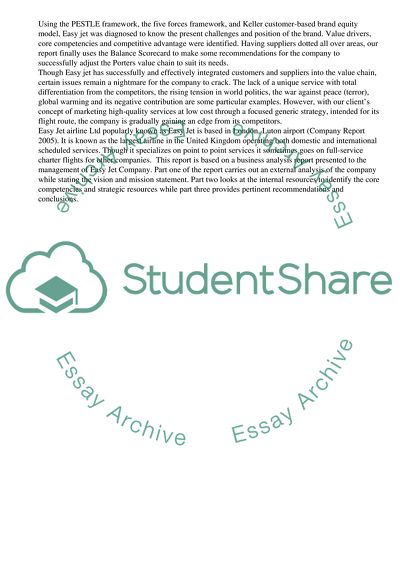Cite this document
(Easy Jet's Ways to Stand Out among Competitors Research Proposal, n.d.)
Easy Jet's Ways to Stand Out among Competitors Research Proposal. Retrieved from https://studentshare.org/business/1720829-easyjet-s-business-strategies
Easy Jet's Ways to Stand Out among Competitors Research Proposal. Retrieved from https://studentshare.org/business/1720829-easyjet-s-business-strategies
(Easy Jet'S Ways to Stand Out Among Competitors Research Proposal)
Easy Jet'S Ways to Stand Out Among Competitors Research Proposal. https://studentshare.org/business/1720829-easyjet-s-business-strategies.
Easy Jet'S Ways to Stand Out Among Competitors Research Proposal. https://studentshare.org/business/1720829-easyjet-s-business-strategies.
“Easy Jet'S Ways to Stand Out Among Competitors Research Proposal”, n.d. https://studentshare.org/business/1720829-easyjet-s-business-strategies.


